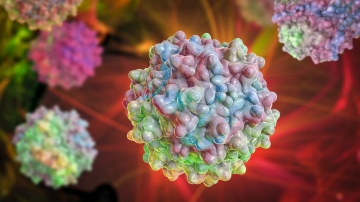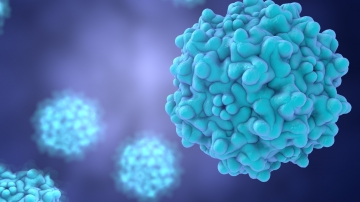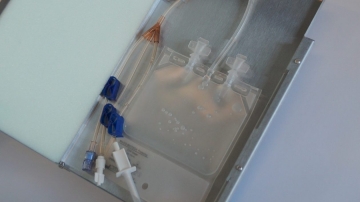What is the difference between adeno-associated virus and adenovirus?
Table of contents
ShowThe main difference between adeno-associated viral vectors (AAV) and adenoviral vectors (AVV) is their genetic makeup. AAV is composed of a single-stranded DNA viral vector, while adenoviral vectors consist of double-stranded DNA.
These vectors serve as used to introduce transgenes into host cells, a process that can be performed in living cells or cell cultures. Viruses possess specialized mechanisms for transferring their genetic material into host cells, a phenomenon which is known as "transduction." Molecular biologists initially pioneered this technique in the 1970s, representing a sigfnificant milestone in genetic research.
In this article, we will explore the key differences and similarities between adenovirus and AAV, shedding light on their structures, applications, and the considerations when working with them.
What is Adenovirus?
Adenovirus, first discovered in the 1950s, belongs to a family of viruses known for their diverse genetic makeup and wide range of hosts.
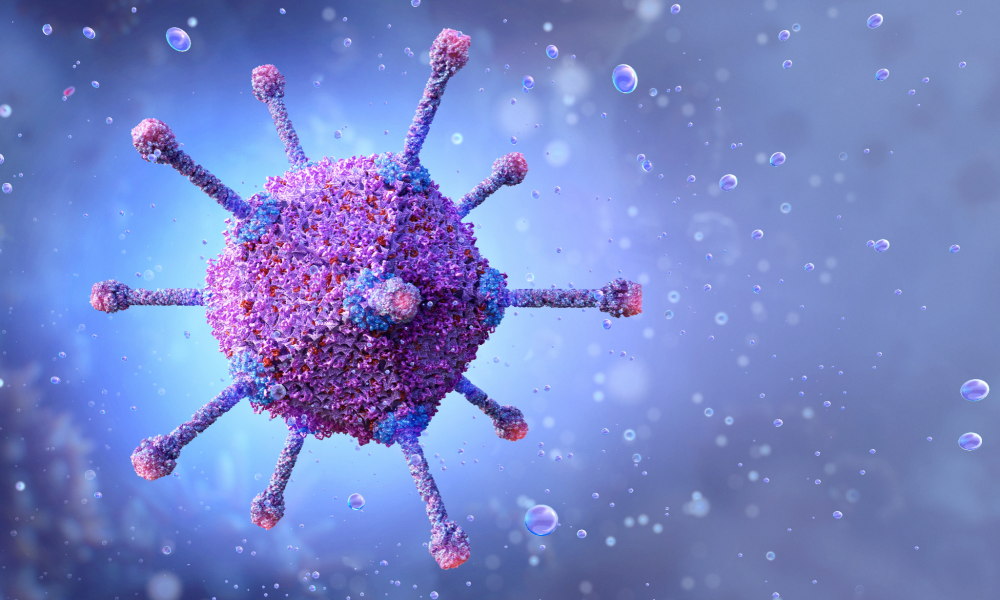
Structure and characteristics of adenovirus
Adenoviruses are double-stranded DNA viruses characterized by an icosahedral capsid structure. This structure encapsulates the viral genome, protecting it during transmission and entry into host cells. Unlike some viruses with lipid envelopes, adenoviruses are relatively stable in the environment.
Natural occurrence
Adenoviruses are ubiquitous in nature, infecting humans and various animal species. They are responsible for a variety of illnesses, such as respiratory infections, conjunctivitis, and gastroenteritis. Their capacity to infect multiple tissue types has made them valuable tools in scientific research.
Application of adenovirus in research and therapies
In the field of research and therapy, adenoviruses have found multiple applications. Due to their strong transduction efficiency and capability to deliver therapeutic genes, they are a popular option in gene therapy experiments. Furthermore, adenoviral vectors have played a crucial role in vaccine development, for instance in the creation of vaccines for diseases such as COVID-19.1
What is Adeno-associated Virus (AAV)?
Adeno-associated virus (AAV), on the other hand, represents a distinct class of viruses with unique properties.
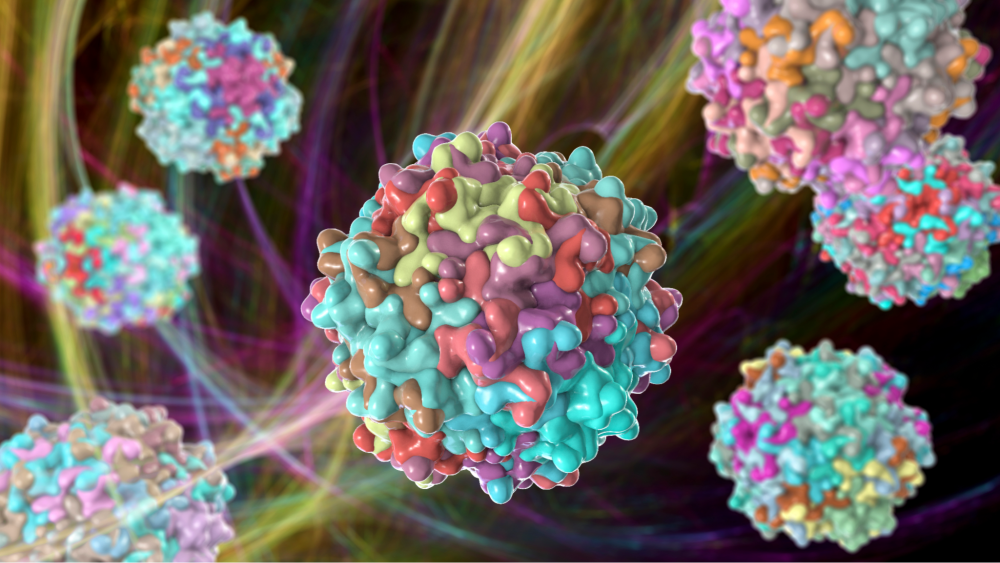
Structure and characteristics of AAV
AAV is a single-stranded DNA virus, and its structure differs significantly from that of adenovirus. Its composition comprises a protein coat (capsid) surrounding its genetic materials. AAV is moderately sized and observably unconnected to any recognized human diseases.
Natural occurrence
AAV is considered non-pathogenic and, interestingly, can integrate into the host genome. While it may remain latent for extended periods, AAV has gained attention for its potential in gene therapy applications due to its minimal impact on the host.
Application of AAVs in research and therapies
The adeno-associated virus (AAV) has emerged as a powerful tool in various aspects of research and therapeutic applications.
One of the most promising applications of AAV lies in the field of gene therapy. AAV vectors are highly suitable for delivering therapeutic genes to target cells. This is due to the fact that AAV can efficiently and accurately transduce a broad spectrum of tissues and possesses relatively low immunogenicity, making it a safer selection for gene therapy, as opposed to some other viral vectors.
Alongside gene therapy, AAV is employed in numerous experimental settings, as a means of transporting therapeutic genes. Researchers are able to engineer AAV vectors designed to transport specific genes or gene-editing tools, such as CRISPR-Cas9. Afterward, the engineered AAV vectors can then be administered to cells or tissues, thus enabling precise genetic modifications.
Adenovirus vs AAVs: Key differences
| Aspect | Adenovirus | Adeno-associated virus |
| Genetic makeup | double-stranded DNA genome | single-stranded DNA genome |
| Pathogenicity | virulent and can cause diseases | non-pathogenic and generally considered safe |
| Integration with host genome | does not integrate into the host genome and remains episomal | can integrate into the host genome, albeit less frequently |
| Immune response | often triggers a robust immune response | associated with minimal immunogenicity |
| Applications | widely used in gene therapy and vaccine development | valued for gene therapy applications and precision in gene delivery |
Adenovirus vs AAVs: Similarities
- Viral Vectors in Gene Therapy: Both adenovirus and AAV serve as essential viral vectors for delivering therapeutic genes to target cells, making them fundamental tools in gene therapy.
- Potential for Genetic Modification: Researchers can modify these vectors by engineering them to transport certain genes or gene-editing tools, leading to precise genetic modifications.
Adenovirus's robust transduction efficiency and AAV's safety profile and precision offer researchers and clinicians a diverse toolkit for addressing a wide range of genetic disorders and diseases.
Solutions in viral vector manufacturing
The Single Use Support team is passionate about advancing the field of viral vector production. Adenovirus and AAV are critical players in the realm of gene therapy and genetic medicine. Therefore, ensuring maximum efficiency and safety in their production hold utmost importance.
Single Use Support specializes in the fluid management of drug substances, which also involves the secure handling of viral vectors, such as AAVs or AVVs. The company is dedicated to provide solutions for aseptic filling, homogenization, freezing, storing, and transporting based on single-use bioprocessing. Its goal is to support gene therapies, which have the potential to transform lives by treating and possibly curing numerous genetic diseases.
- Adenoviral Vector-Based Vaccine Platform for COVID-19: Current Status, http://dx.doi.org/10.3390/vaccines11020432, Published 2023-02-14







